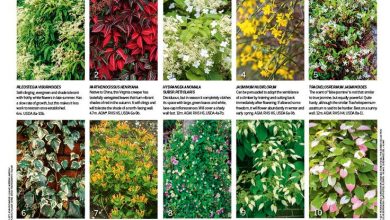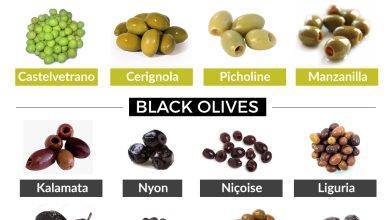Kentia: [Cultivation, Irrigation, Care, Pests and Diseases]
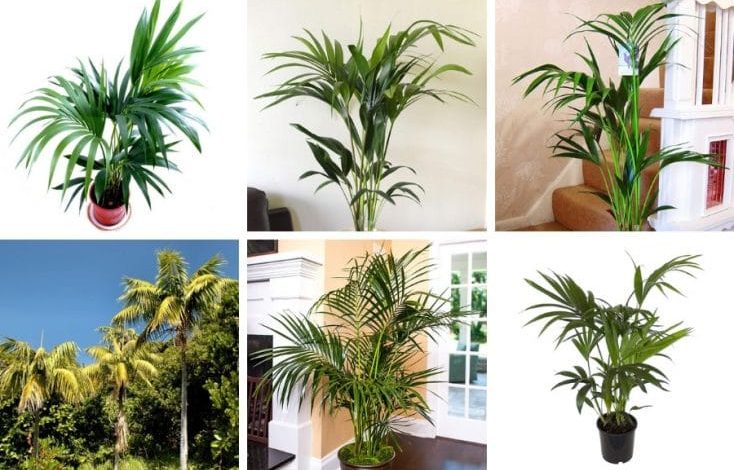
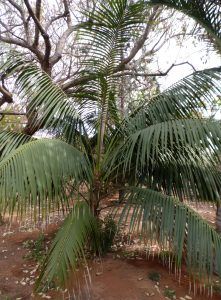 The kentia is a plant species with a palm-like structure that is ideal for planting indoors or outdoors.
The kentia is a plant species with a palm-like structure that is ideal for planting indoors or outdoors.
Due to its development characteristics, its objective is ornamental and it is a function that it fulfills very well, since it recreates a beautiful environment wherever it is placed.
It can live in spaces that are in full sun or also in semi-shade, so it also adapts to planting in pots or directly in the garden.
Would you like to accompany us to review all the information to have one or several kentias in optimal conditions? It’s time to start.
Important points when sowing kentia
- When? During the spring.
- Where? Indoors or outdoors but taking care that it has very good drainage.
- How do we prepare the land? With compost, common soil and an element that facilitates drainage.
- How should we water? Moderately.
- How often do you have to water? When the land looks dry: 3 times a week in summer and every 15 days in winter, approximately.
- What care do you need? A suitable temperature, pruning, fertilization and transplant every 2 years in case of having it in a pot.
- What pests and diseases does it have? The red spider and the cochineal.
When to sow a kentia?
The planting of this species will be better done during the spring days where it will have an environment with an optimal temperature to develop.
Where to plant a kentia?
The kentia is able to withstand planting indoors or outdoors, being very demanding about the drainage of the land. When it is young, it is best to locate it in an area where it receives indirect sunlight most of the day.
After it has developed well and reaches the adult version, it can be placed in a space with more direct sun.It is important to protect it from strong air currents since the stem is usually very weak and can break easily. A good recommendation is to place it on a terrace or near a fence that offers protection.
How to prepare the land?
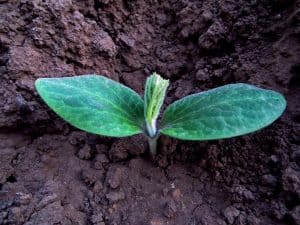 The good preparation of the land is essential to obtain an optimal development of the kentia.
The good preparation of the land is essential to obtain an optimal development of the kentia.
The first thing is that it must have a high amount of nutrients , so it is recommended to apply an amount of homemade organic matter such as compost according to the land to be used.
Drainage is another fundamental point.If you have common soil, you can ensure that it meets this requirement by adding coconut fiber or perlite.
How do we water the kentia?
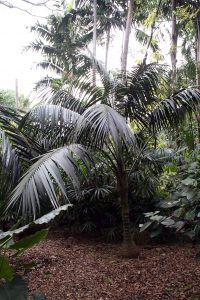 The irrigation of the kentia must be with a moderate amount of water, taking care that the soil is dry before applying a new one .
The irrigation of the kentia must be with a moderate amount of water, taking care that the soil is dry before applying a new one .
Rainwater is the best option to keep it in perfect health, especially on winter days.
The leaves should not be wet, but if they get dusty they can be cleaned with a soft cloth moistened with water to make them look shiny.
How often should we water the kentia?
Watering in summer must be regular, preventing the substrate from drying out , averaging about 3 times a week. In winter, it is not necessary to deal much with this issue because with a watering every two weeks it will be more than enough.
Here the important thing is to always check the state of the soil and the saucer under the pot to ensure that watering is necessary and not drown it.
How to sow kentia step by step?
The primary planting of the kentia is oriented to be in a pot, then it can be transplanted into the garden.
- Select an average sized pot that has holes in the bottom to promote water drainage. At the same time, it is a good plan to have a plate that helps maintain moisture for longer.
- Place the selected seeds in the most superficial part, covering them only with a little soil to prevent them from flying.
- Water decisively but without leaving the soil waterlogged. The germination time is approximately 3 months, so a lot of patience is necessary.
After the plant is large enough to transplant outside, the following procedure should be followed:
- Dig a hole twice the size of the pot you germinated in. Ensure that it is a space where it is protected, both from drafts and from excessive sun.
- Plant it carefully so as not to damage the roots, ensuring that they are established at ground level.
- Water every day while the adaptation process to the new space lasts.
What care does the kentia need?
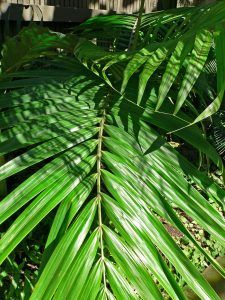 If the kentia is kept in a pot, it is essential to transplant it every two years during the spring days.
If the kentia is kept in a pot, it is essential to transplant it every two years during the spring days.
This will help aerate its roots and give it more room as it grows.
Pruning should be aimed at removing dead leaves, as this action will facilitate the growth of new leaves and keep the entire structure healthy.
The fertilizations will be executed with a special fertilizer for green plants, applying it every 15 days during the period that goes from spring to summer.
Exaggerating around this point will not give better results depending on the speed of growth of the plant, since it is a species that advances slowly.It is necessary to take into account that it is a plant with a tropical environment, so if it is very cold in the area where it is, it is better to protect it.
In summer it will greatly appreciate being outside, but it is necessary to avoid direct sun, especially on days when it is hotter.
What pests and diseases affect the kentia?
 The main pest that affects the kentia is the red spider , especially when it is kept in a space with a low level of humidity, like cochineals.
The main pest that affects the kentia is the red spider , especially when it is kept in a space with a low level of humidity, like cochineals.
It is best to protect the ideal conditions to avoid an attack, but if it occurs, the affected areas can be cleaned with alcohol.
One of the greatest advantages of having a kentia indoors is that it has purifying properties, which helps to make the air less polluted.And since the care it requires is relatively low, it becomes an ideal option even for those who are beginners in gardening.

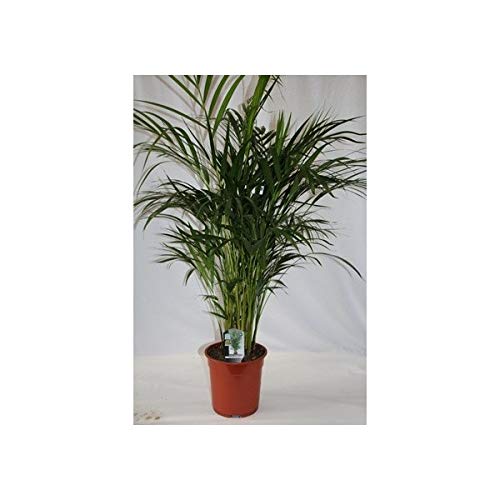


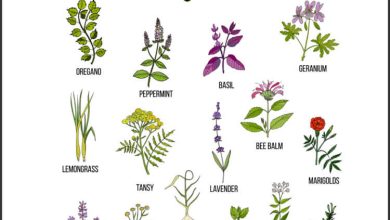
![Photo of Blackberry Pests and Diseases: [Detection, Causes and Solutions]](https://www.complete-gardening.com/wp-content/uploads/2022/08/blackberry-pests-and-diseases-detection-causes-and-solutions-390x220.jpg)
